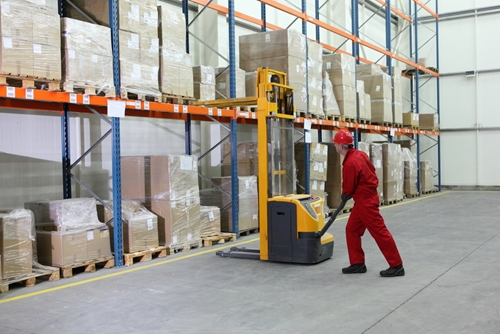Greater supply chain and warehouse management control needed for omnichannel retail market
The omnichannel shopping environment, in which shoppers are using all the tools at their disposal to browse and buy goods, has spurred retailers to respond to the changing market. Consumers are better able to find the goods they want, and if retailers don't have the products they want to buy, they will simply go to a competitor.
As such, merchants need to deliver product faster and purchase inventory further in advance. At the same time, retailers are also looking to improve their forecasting ability and reduce costs – these two goals haven't changed. Even though accurate forecasts and lower expenses don't typically go hand-in-hand with fast sales and rapid replenishment of stock, merchants are trying to find ways to make this work.
Retailers are trying a variety of strategies to achieve this end goal. First and foremost, the direct delivery distribution model has really picked up steam in the consumer market industry. According to research conducted by the Aberdeen Group, nearly half of retailers now deploy direct delivery methods (either direct-to-store or direct-to-consumer).
The rise in direct delivery is a response to the growth of multichannel shopping. Retailers need to improve their supply chain speed and responsiveness – in fact, the same survey suggested that 67 percent of retailers felt supply chain velocity was one of the top obstacles holding them back from achieving broader success. The direct delivery method enables retailers to quickly replenish stock, which is particularly valuable in cases where products are in high demand.
What does direct delivery bring to the table? As mentioned above, faster response times are a clear advantage compared to more traditional retail supply chain operations. Merchants can react faster to changing customer preferences and improve delivery times, which is good for both shoppers and retailers. Additionally, it gives retail brands more flexibility in terms of inventory strategies, enabling them to optimize product selection.
What type of products work best in direct delivery models?
While direct delivery has taken on new prominence in the multichannel shopping environment, specific types of products are better suited to this method than others. If merchants sell these items, they may want to consider making the switch to direct delivery to expedite their supply chains and get consumers the goods they desire.
First are high variety-low value products. These are goods where the differentiating factors are important for customers and are usually key to the sale. For traditional shipping models, these items can be difficult to ship through a centralized distribution due to the high number varieties.
For instance, customized mugs, business cards and other low-value products are perfect for direct delivery. Retailers can ship these products out rapidly and directly to consumers without having to clog warehouses with unsold product, which could lead to frozen capital and losses.
Specialty goods are another great category for direct delivery. "Certain specialty products require specific supplier representative knowledge or service that can best be served by direct delivery methods. Examples of these products include fishing bait and tackle, hunting equipment and other sporting gear," the Aberdeen Group report adds.
While new supply chain management methods can help retailers improve the way retailers get products to consumers, it is also important to consider the value of eCommerce software. Solutions such as SalesWarp can help merchants integrate their eCommerce and in-store operations directly with suppliers to achieve direct delivery while being able to provide information on buying behaviors and proudct trends. This enables merchants to gain better insight in to what they need to do to meet their customers' needs.

